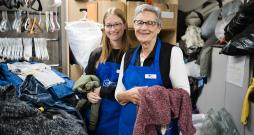Growing up in Gaza
Finding joy and constraints in one of the most populated areas on earth
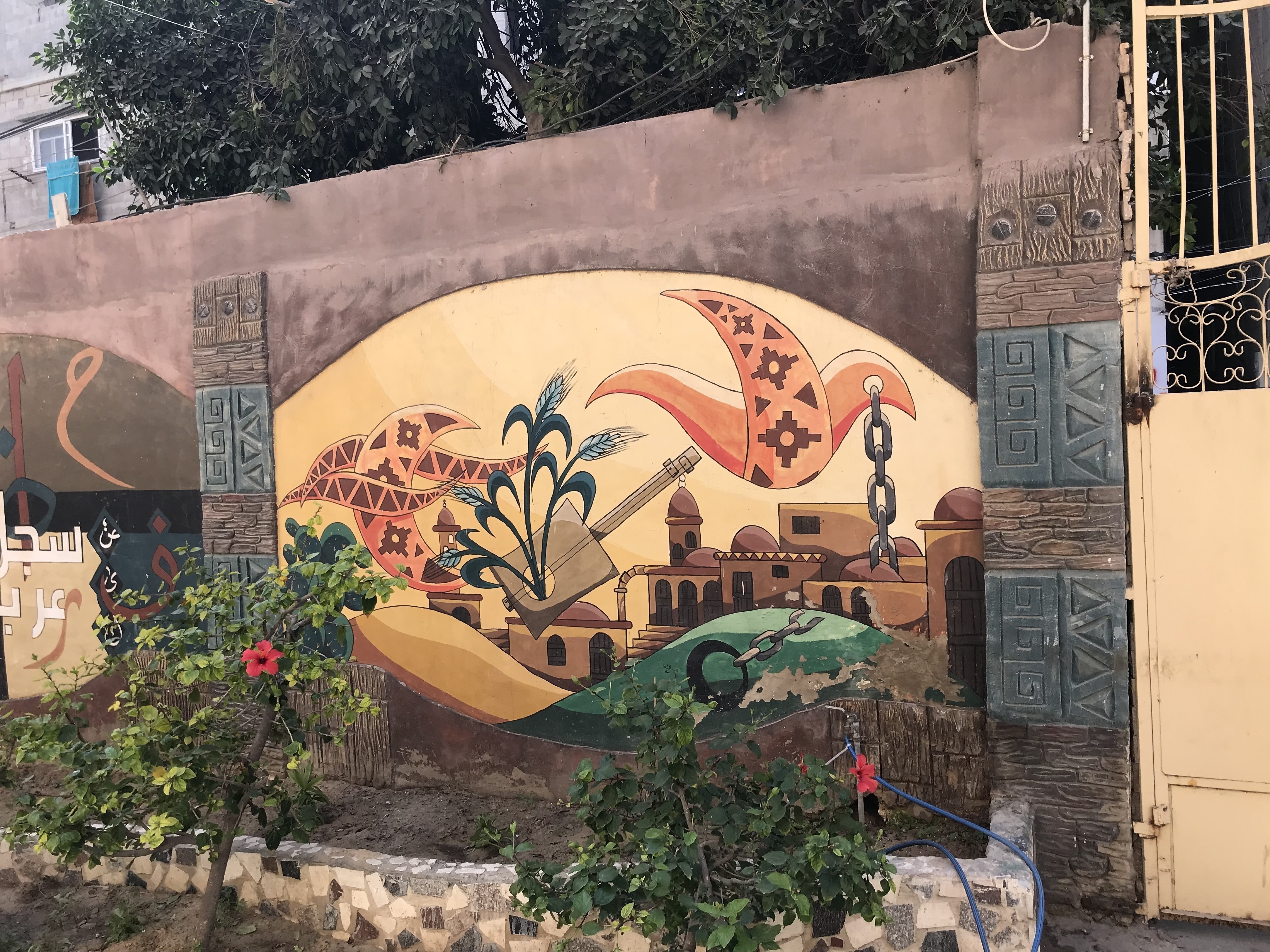
(Editor’s note: MCC’s Director of Strategic Planning, Alain Epp Weaver, worked with MCC in the Gaza Strip in the 1990s. Here, he reflects on the joys and challenges faced by young people growing up in the region, sharing memories from those years and from a recent trip to Gaza to visit MCC’s programs and partners.)
I rediscovered the beauty and joy of Gaza earlier this year during a work trip with MCC to meet with Palestinian organizations. These organizations are dedicated to training young people to become leaders and to fostering their creativity.
My wife Sonia and I first moved to Gaza in the summer of 1995. It was a time of optimism, as the Oslo peace accords between Israel and the Palestine Liberation Organization (PLO) had led to the establishment of the Palestinian Authority in parts of the occupied Palestinian territories, including the Gaza Strip.
The people of Gaza, who had endured nightly curfews imposed by the Israeli military, could now enjoy evenings at the beach and in the municipal park along the city’s main thoroughfare, Omar al-Mukhtar Street. Orthodox, Catholic, and Baptist churches were now able to hold evening events. Sonia and I loved taking our young son and daughter out in the evenings to “breathe the air,” as the Arabic saying goes, buy falafel sandwiches and ice cream cones, and watch our son run around the playground.
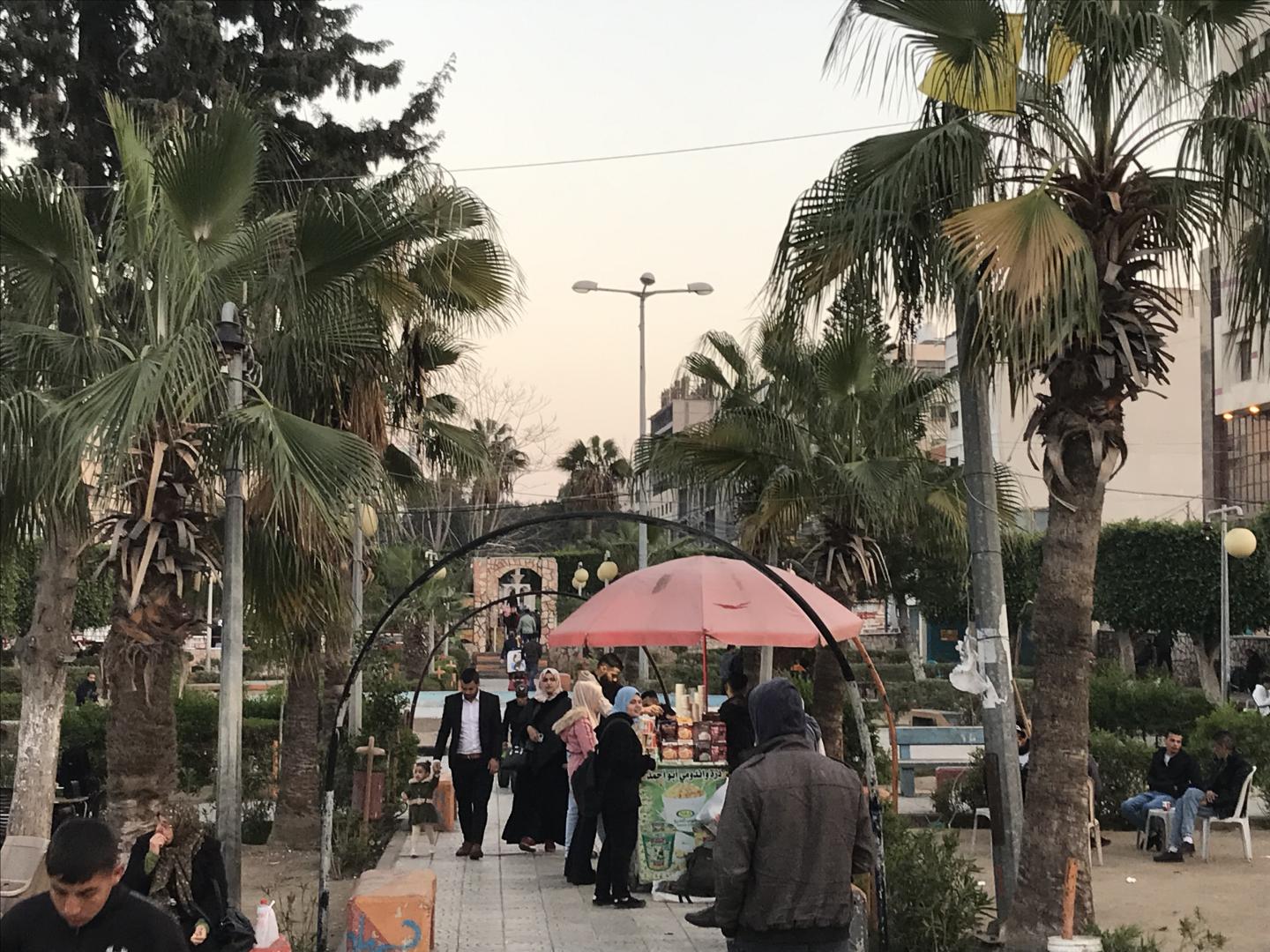
I rediscovered the beauty and joy of Gaza earlier this year during a work trip with MCC to meet with Palestinian organizations. These organizations are committed to training young people to become leaders and to nurturing their creativity.
My wife Sonia and I first moved to Gaza in the summer of 1995. It was a time of optimism, as the Oslo peace accords between Israel and the Palestine Liberation Organization (PLO) had led to the establishment of the Palestinian Authority in parts of the occupied Palestinian territories, including the Gaza Strip.
The people of Gaza, who had previously endured nighttime curfews imposed by the Israeli military, could now enjoy evenings at the beach and in the municipal park along the city’s main thoroughfare, Omar al-Mukhtar Street. Orthodox, Catholic, and Baptist churches were once again able to host evening events. Sonia and I loved taking our young son and daughter out in the evenings to “breathe the air,” as the Arabic saying goes, buy falafel sandwiches and scoops of ice cream, and watch our son run around the playground.
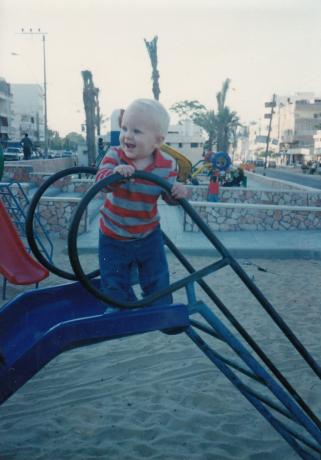
After that first year exploring partnership opportunities for MCC in Gaza, we returned to work there for another year in 1999. By then, the number of Palestinians permitted to leave Gaza had decreased significantly. The initial glimmer of hope for a peace process had long faded. The dreams some Palestinian leaders once had of seeing Gaza become an economic powerhouse like Singapore had vanished, as the Israeli economic blockade began to take shape.
As the political and economic situation grew increasingly bleak, what I remember most vividly is the hospitality, creativity, and joy of the people of Gaza: the Christmas Mass at the Catholic church in Gaza, a barbecue with friends cooking chicken in a covered pit, and a lively celebration at our home to ring in the year 2000 with two Palestinian families whose children were the same age as ours.
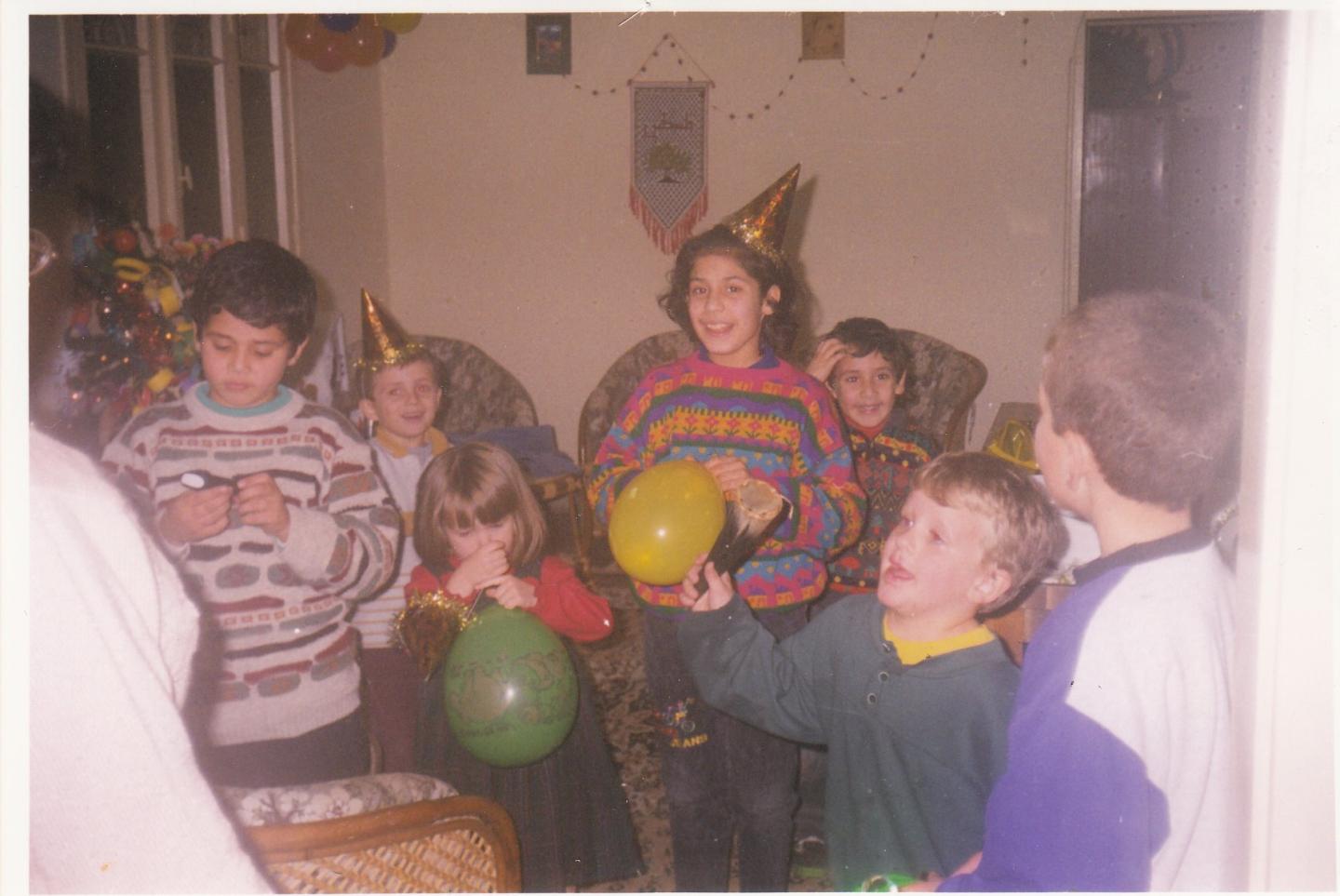
Over the two decades since we left Gaza, the material conditions there have undeniably deteriorated. The two million inhabitants of Gaza are confined within the 141 square miles (365 square kilometers) of the Strip, subjected to a strict Israeli military blockade that tightly controls the movement of people and goods in and out. Entering the Gaza Strip today is like entering what many human rights groups have called the largest open-air prison in the world.
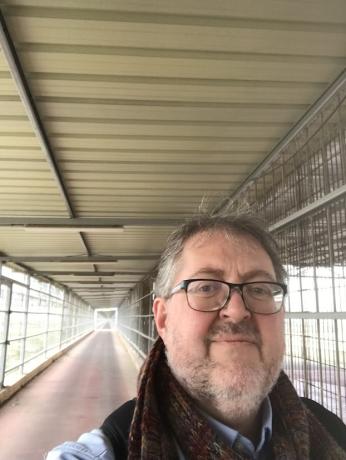
The unemployment rate in Gaza is close to 50%. Over the past 15 years, the Gaza Strip has experienced numerous Israeli airstrikes, while Palestinian militants have fired improvised rockets toward Israel. Israeli military actions have killed more than 5,300 residents of Gaza since 2008 (including over 1,000 children) and have left thousands of families homeless.
The Gaza Strip has a much younger population than most regions of the world. While the global median age is 30, it is 18 in Gaza, and whereas 25% of the world’s population is under 14, the proportion in Gaza is 42%. Many schools operate with morning and evening shifts to accommodate all the students.
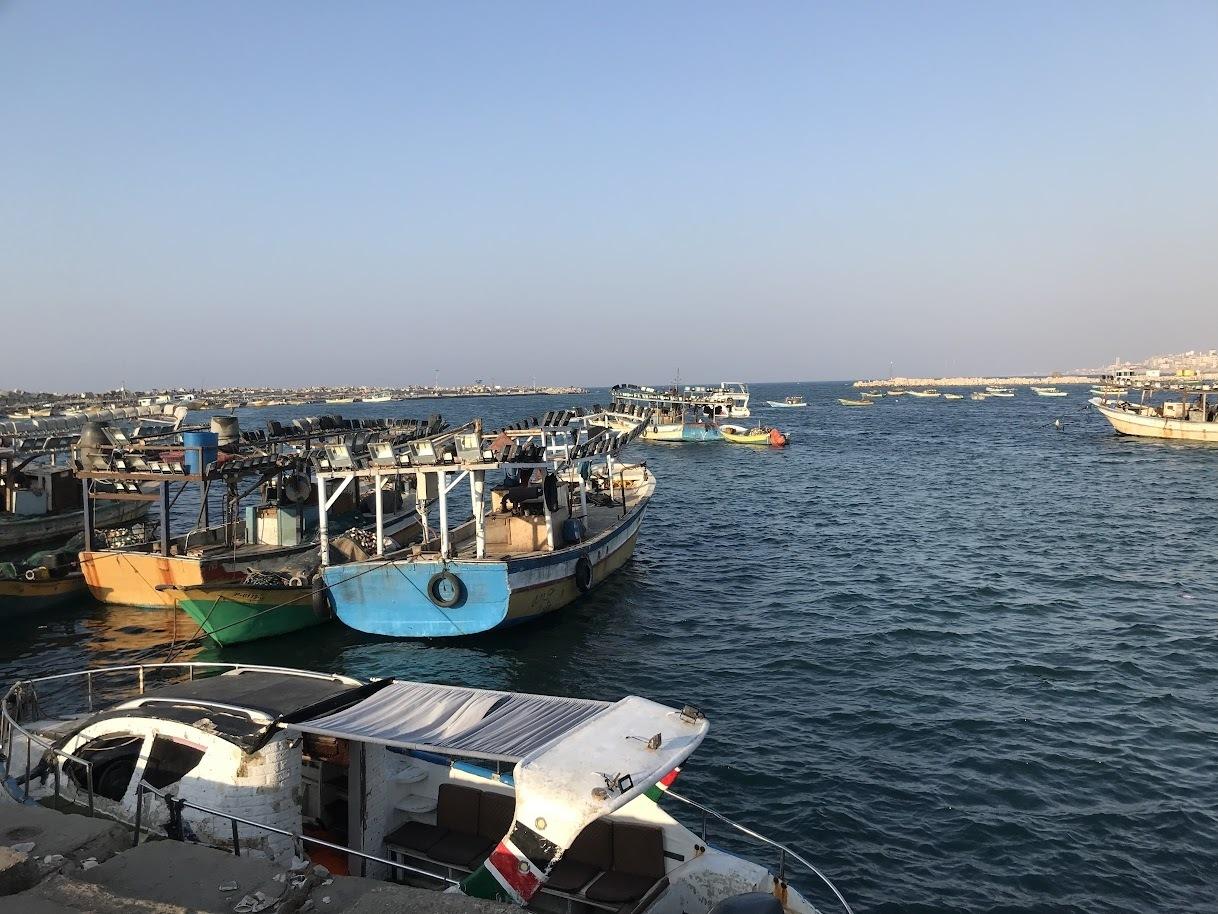
In many ways, the children of the Gaza Strip face a very limited future. Their opportunities to leave Gaza to pray in Jerusalem, study outside Gaza, or visit the sites of the villages from which their families were uprooted in 1948 are virtually nonexistent. Their economic prospects as adults are precarious. Growing up in fear of bombs falling on their city, refugee camp, or village carries severe psychological consequences.
These harsh realities that shape childhood in Gaza are sobering and thought-provoking. Yet, during my return to Gaza in January, joyful memories of the place came back to me and gave me hope. I witnessed the happiness of families strolling in the park and along the port in the evening, and parents waiting in line with their children to buy falafel sandwiches and ice cream.
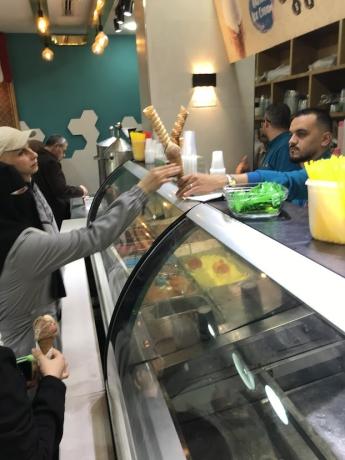
Participation in the training course significantly improves students’ economic prospects. Of the 29 positions posted by Gaza’s main electricity company in 2022, 22 were filled by graduates of the NECC training course.
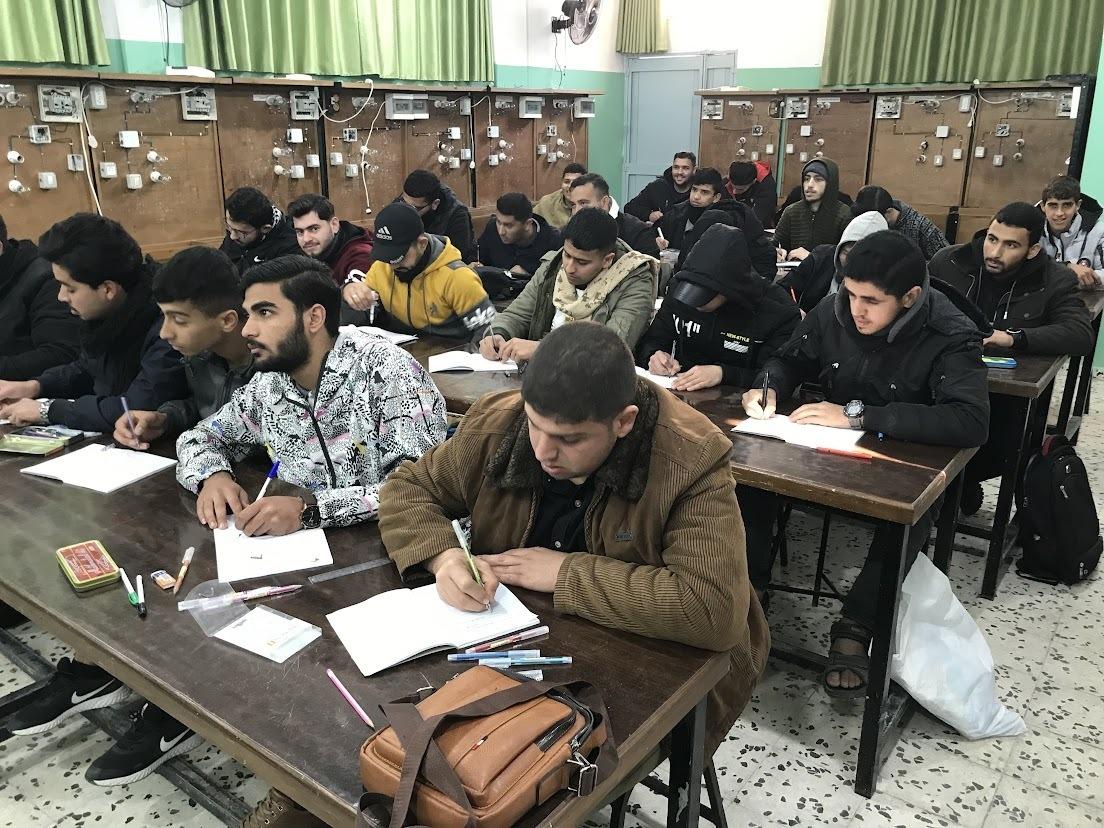
Joy shone on Amasy Megdad’s face as she proudly shared how she has been helping lead summer camps for children for four years. These camps take place in Khan Younis and are supported by MCC but organized by the Association for Culture and Free Thought (CFTA).
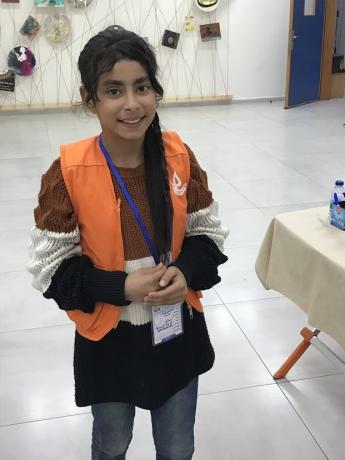
While the CFTA staff are present and available to support these camps, girls like Amasy collaborate to decide on the themes, activities, menus, and much more. “We learn by playing and we learn to think critically,” Amasy shared, echoing what I heard from other youth leaders. Through the camps, they learn to use their creativity to identify the challenges their neighborhood and city face and discern how they can mobilize to address them.
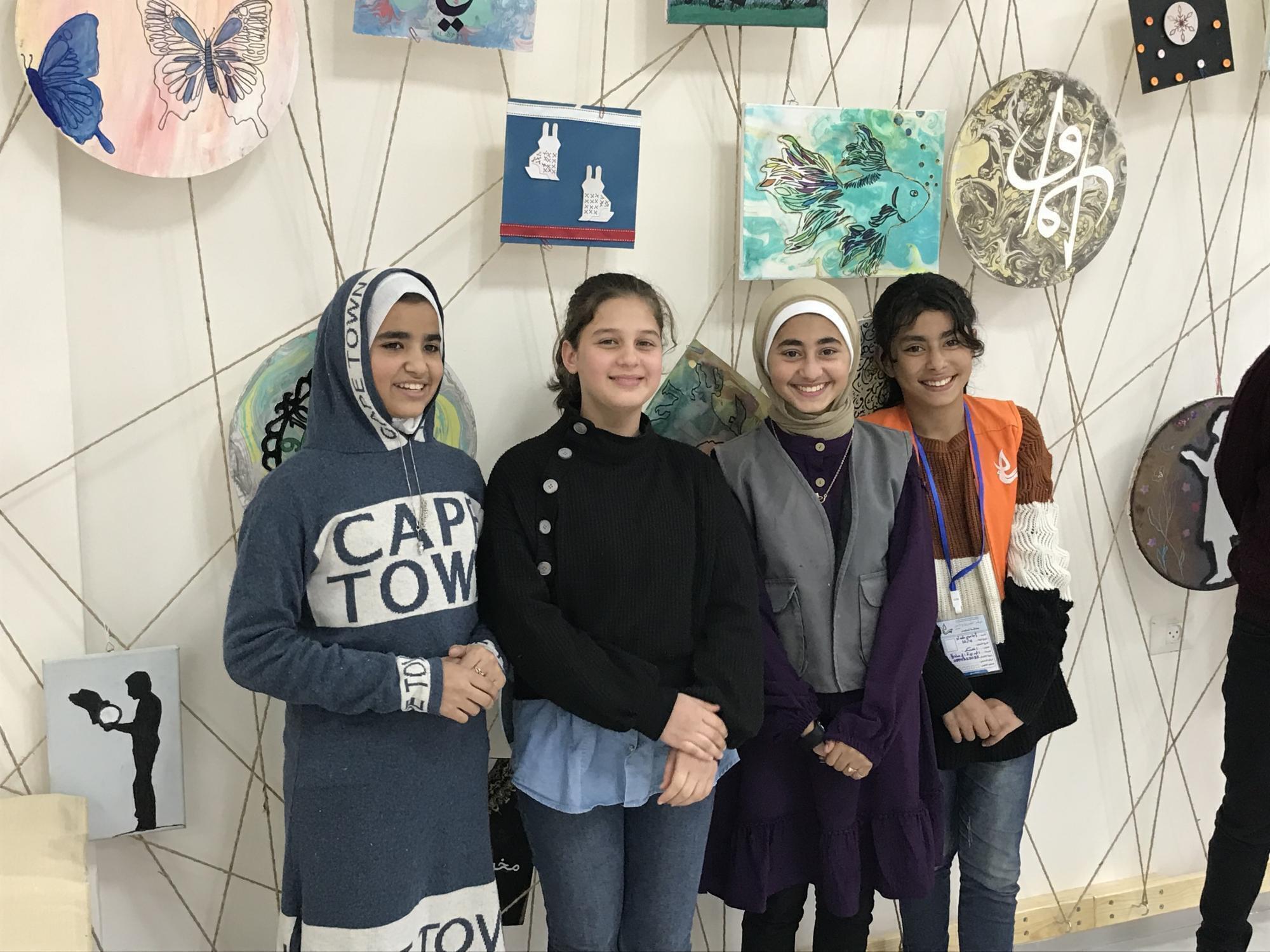
“The solution comes from within,” Majeda al-Saqqa, Communications Director of CFTA, told me as she described the association’s focus on empowering children, youth, and women to play an active role in shaping their society.
Alain Epp Weaver directs strategic planning for MCC. He lives in Lancaster, Pennsylvania, and is the author of Inhabiting the Land: Thinking Theologically about the Palestinian-Israeli Conflict (Cascade, 2018).

